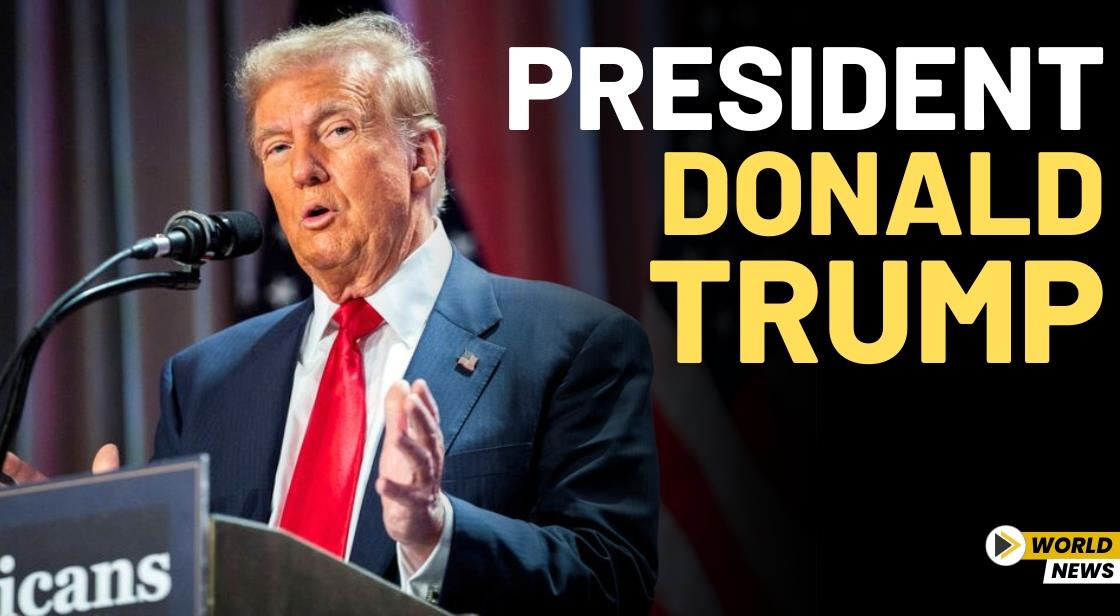US Tariff Hikes May Trigger Retaliatory Measures from India

News Synopsis
As trade tensions escalate between India and the United States, the possibility of higher tariffs on Indian goods by the US has raised serious concerns. Bilateral trade between the two nations reached a remarkable USD 119.71 billion in the fiscal year 2023-24, with India enjoying a trade surplus of approximately USD 35.31 billion.
However, the threat of increased tariffs by the US could disrupt this equilibrium, posing significant challenges to Indian industries.
India’s ability to effectively address these challenges will be crucial to mitigating potential economic fallout and preserving healthy trade relations with the US.
India’s Potential Responses to US Tariffs
To counter the potential tariffs, India is exploring a range of strategic measures, focusing on trade diversification, retaliatory tariffs, and strengthening domestic manufacturing. Key industries such as pharmaceuticals, textiles, and information technology (IT) are particularly vulnerable to the adverse effects of US trade policies.
India’s Strategic Imports from the US
India may adopt a pragmatic approach by increasing imports from the US in strategic sectors to balance the trade deficit and reduce the risk of tariff escalations.
Key Areas for Increased Imports
-
Energy Imports
India’s growing energy demands present an opportunity to import Liquefied Natural Gas (LNG) and crude oil from the US. This would not only address India’s energy requirements but also help narrow the bilateral trade deficit, a key concern for both nations. -
Renewable Energy Equipment
As India pursues ambitious renewable energy targets, importing solar panels, wind turbines, and advanced energy storage solutions from the US aligns with its green energy goals. -
Aerospace and Defense
Expanding imports of US-made aircraft, drones, fighter jets, and missile systems would bolster India’s defense capabilities while contributing to trade deficit reduction. -
Semiconductors
To address the global chip shortage, India could source semiconductors from the US, which would fuel innovation in India’s rapidly growing electronics industry. -
Agricultural Products
To meet domestic demand, India could increase imports of soybeans, pulses, and dry fruits like almonds, walnuts, and pistachios. -
Advanced Medical Equipment
The healthcare sector could benefit from importing advanced medical devices, biotechnology products, and diagnostic tools to meet growing domestic healthcare needs.
India’s Retaliatory Tariffs on US Goods
India has a history of imposing retaliatory tariffs in response to unfair trade practices by the US. For instance, in 2018, India levied duties on 28 US products, including apples and almonds, following US tariffs on Indian steel and aluminum.
Possible Targets for Retaliatory Tariffs
-
Agricultural Products: Increased tariffs on US exports like apples, soybeans, and almonds could pressure American exporters and encourage negotiations.
-
Motorcycles and Automotive Parts: Higher duties on products from US manufacturers like Harley-Davidson could impact profits and reduce exports.
-
Consumer Goods: Tariffs on whiskey, aircraft parts, and industrial equipment could serve as broader retaliatory measures.
Strengthening Trade Ties with Other Partners
India aims to reduce its dependence on the US by diversifying its export destinations. Strengthening trade relations with the European Union (EU), ASEAN, and Middle Eastern countries is a critical focus area.
Key Agreements in Focus
-
India-UAE Comprehensive Economic Partnership Agreement (CEPA)
-
India-EU Free Trade Agreement (FTA)
These agreements could open new opportunities for Indian exporters while reducing the impact of potential US tariff hikes.
Boosting Domestic Manufacturing
India is prioritizing domestic manufacturing to reduce reliance on foreign imports, particularly from the US. The Production-Linked Incentive (PLI) Scheme, which supports key sectors like electronics, pharmaceuticals, and textiles, is being expanded to enhance self-reliance.
Economic Impacts of US Tariffs on India
-
Impact on Exports
-
IT Industry: India’s IT sector, which earns over 80% of its IT export revenue from the US, could face reduced demand due to tariff-related cost increases.
-
Textile Industry: Higher tariffs could make Indian textiles less competitive in the US market.
-
Pharmaceuticals: Tariffs on generic drugs could lead to higher costs for US consumers, potentially reducing demand.
-
-
Impact on Employment
Sectors like textiles, manufacturing, and IT that employ millions could face job losses due to reduced export demand. -
Impact on the Economy
A decline in exports to the US could widen India’s Current Account Deficit (CAD) and destabilize the economy. Additionally, stock market volatility could affect sectors heavily reliant on US exports.
Ajay Sahai’s Perspective on India’s Strategy
Ajay Sahai, Director General of the Federation of Indian Export Organisations (FIEO), emphasizes the importance of strategically increasing imports from the US to address the trade deficit and avoid punitive tariffs. He highlights energy, defense, technology, and agriculture as key areas where increased imports could benefit India while strengthening bilateral ties.
You May Like









